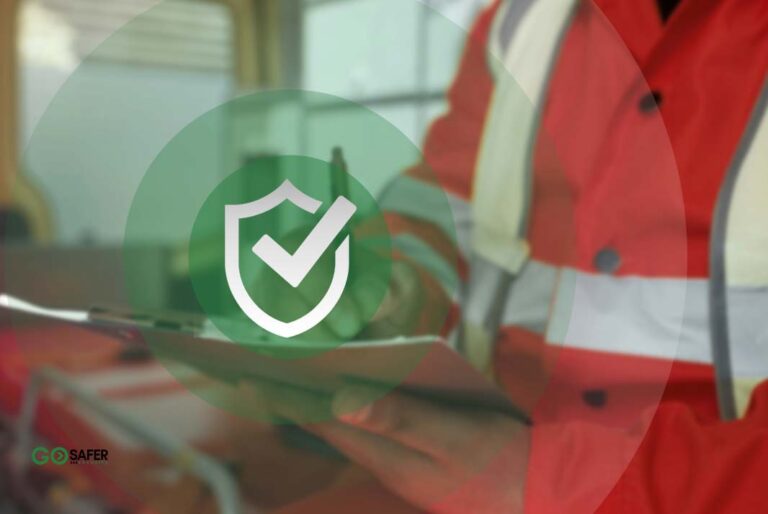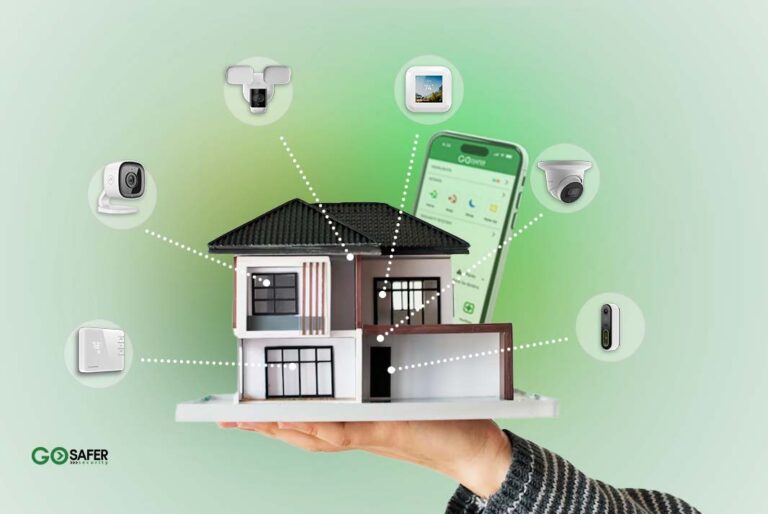Investing in a home security system is a crucial step toward safeguarding your property and loved ones. But, have you ever wondered about the actual costs involved? From equipment to installation and ongoing monitoring fees, the costs can vary significantly. Plus, understanding your financing options can make all the difference in finding a system that fits your budget.
In this article, we’ll dive deep into the costs associated with home security systems and explore different financing solutions to help you make an informed decision.
Table of Contents
ToggleUnderstanding Home Security System Costs
Equipment Costs
One of the first things to consider when installing a home security system is the cost of the equipment itself. This includes everything from cameras and motion sensors to door/window sensors and control panels.
- DIY Systems: DIY systems typically cost between $200 and $600, depending on the components you choose. These systems offer flexibility, allowing you to start small and add more components as needed.
- Professional Systems: Equipment costs for professionally installed systems can start from $600 and go up to $1,200 or more, depending on the complexity of the system and the brand.
- Hybrid Systems: A mix of DIY and professional systems, hybrid systems fall in between, with prices ranging from $250 to $800.
For more detailed breakdowns, you can check out this comprehensive guide on home security system cost.
Installation Fees
The next cost to consider is installation. Depending on whether you go for DIY, professional, or hybrid systems, the installation fees can differ.
- DIY Systems: No installation fees since you’re handling the setup yourself.
- Professional Systems: Installation fees range between $99 and $500, depending on the provider and the complexity of the system.
- Hybrid Systems: You may still incur some costs if you choose to have professional help for certain features.
Monthly Monitoring Costs
Monitoring services are another crucial aspect to think about. With DIY systems, you may opt for self-monitoring, while professional and hybrid systems usually offer professional monitoring services.
- DIY Systems: Monitoring fees can range from $20 to $60 per month (this price can vary depending on the provider and features included), but some systems offer self-monitoring options through mobile apps, which come with no monthly fees.
- Professional Systems: These systems often require professional monitoring, with costs starting at around $100 but can rise depending on what type of system, features, and level of service, such as 24/7 monitoring, video surveillance, or integration with smart home devices.
- Hybrid Systems: These offer optional monitoring, with fees similar to DIY and professional systems depending on the level of service you choose.
If you’re curious about whether home security systems are worth the cost, you can read more in this article: Are home security systems worth it?.
Hidden and Additional Costs of Home Security Systems
Aside from the primary expenses, don’t forget about potential hidden or additional costs:
- Maintenance Costs: Some systems require regular maintenance, especially if you choose a professionally monitored system.
- Upgrades and Repairs: Over time, your system might need upgrades or repairs, adding to the overall cost.
Factors Influencing Home Security System Costs
Home Size
Larger homes may require more equipment, which naturally increases costs. For example, more cameras, sensors, and control panels will be needed to cover a larger space effectively.
Type of Security System
Whether you choose DIY, professional, or hybrid systems significantly impacts the overall cost. Each system comes with its own set of equipment and monitoring fees.
Number of Features
More advanced features like facial recognition, mobile app controls, or smart home integrations will push up the price. It’s important to determine which features are necessary versus those that are optional.
Financing Options for Home Security Systems
If the upfront cost feels overwhelming, financing options can help spread the expense over time.
Upfront Payment vs. Monthly Installments
The simplest option is to pay for the entire system upfront, avoiding any interest or financing fees. However, this requires a significant investment at the beginning.
For those who prefer a more budget-friendly option, monthly installments may be a better route. Many companies offer payment plans with 0% APR for a set period, making it easier to manage costs over time.
Leasing Security Equipment
Leasing the equipment is another option. Instead of paying for the equipment upfront, you make monthly payments. The downside? You don’t own the equipment outright, which could result in higher long-term costs.
Exploring Payment Plans
Pros and Cons of Payment Plans
Payment plans offer flexibility, but it’s important to weigh the pros and cons. The biggest advantage is that you can get a full-fledged security system without shelling out a lump sum. However, be mindful of any interest or hidden fees that could add up over time.
Typical Terms of Financing
Most companies offer 12, 24, or 36-month financing options. Some even provide 0% APR for a limited time, which can be beneficial if you’re looking to spread the payments without incurring extra costs.
Credit Card Financing
Using a credit card with a 0% introductory APR can be an effective way to finance your home security system. This allows you to spread out the payments over time without paying interest, provided you pay off the balance before the introductory period ends.
Home Equity Loans or Lines of Credit
For more substantial investments, using a home equity loan or line of credit can be an excellent option. These loans usually come with lower interest rates compared to personal loans or credit cards. However, since your home acts as collateral, make sure you’re comfortable with the risks.
Personal Loans
Personal loans offer an unsecured financing option. Interest rates will vary based on your creditworthiness, so it’s a good idea to shop around for the best rates. While this method can be convenient, make sure the loan terms align with your financial goals.
Conclusion
When selecting a home security system, consider not only the upfront and ongoing costs but also the financing solutions available to you. Whether you go for a DIY setup, a professional system, or a hybrid solution, there’s an option out there that fits your budget and meets your security needs. Don’t forget that investing in a home security system isn’t just about protecting your property; it’s about gaining peace of mind.




